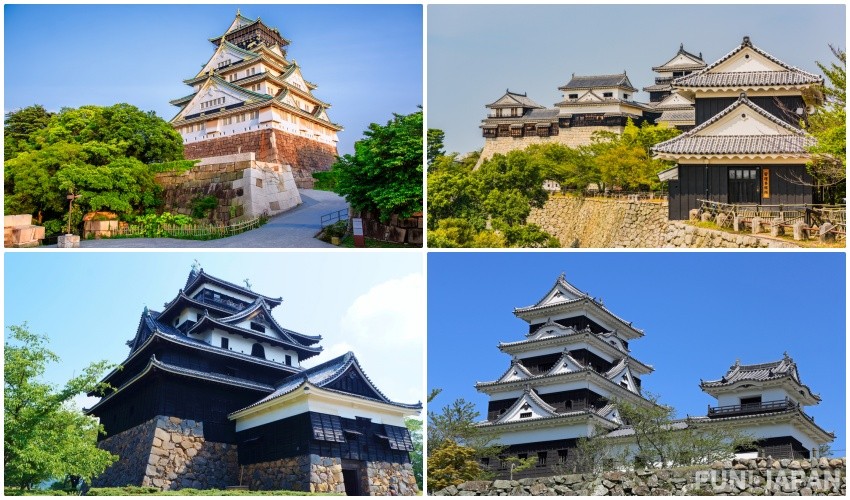
The castle tower or "Tenshu" in Japanese, is the symbol of a castle. Among the castles we've introduced up until this point, you may think the castle towers are all the same, but in reality, they're all quite unique. There are 4 different types of castle towers you will find among the many castles throughout Japan. There are standalone towers, alliance towers, compound towers, and attached towers. In this article, we're going to explain what to look out for when visiting castles around Japan if you want to figure out what type of castle tower the castle has!
Standalone
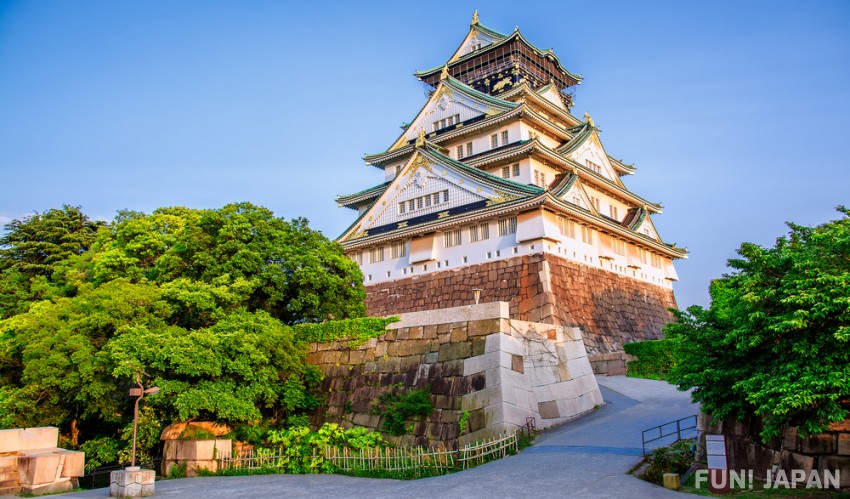
The first and most simple of the four types is the standalone tower. There are no attached buildings with the tower, as the name suggests, being a sole building that you can enter from the first floor. Unfortunately, with this tower being designed the way it is, if the enemy occupies the inner citadel of a castle it's very easy for the tower to be infiltrated, which meant that it wasn't used much during the times of Toyotomi Hideyoshi and Oda Nobunaga, and was more commonly found after the wars of the Edo period ended. As for some examples of standalone towers you can find today, there's Hirosaki Castle in Aomori, Maruoka Castle in Fukuoka, Uwajima Castle in Ehime, Osaka Castle in Osaka, and Kochi Castle in Kochi.
Alliance Towers
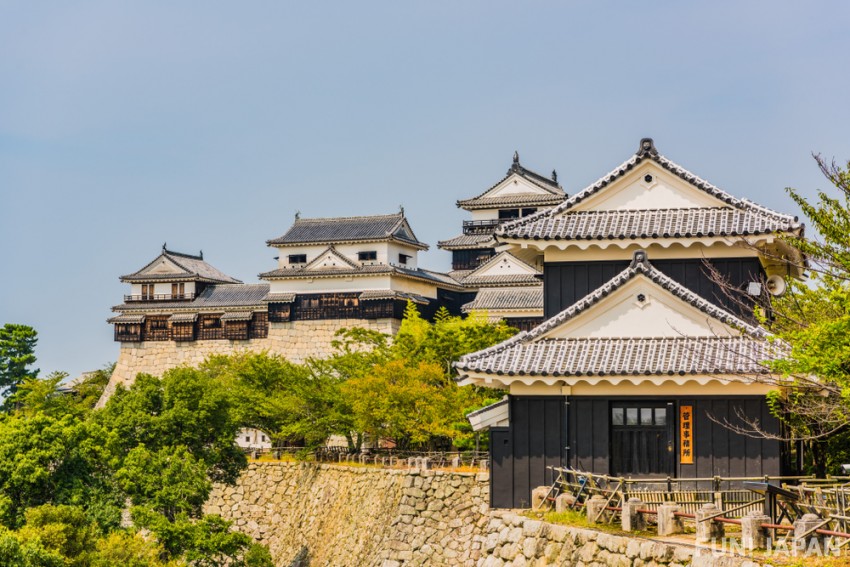
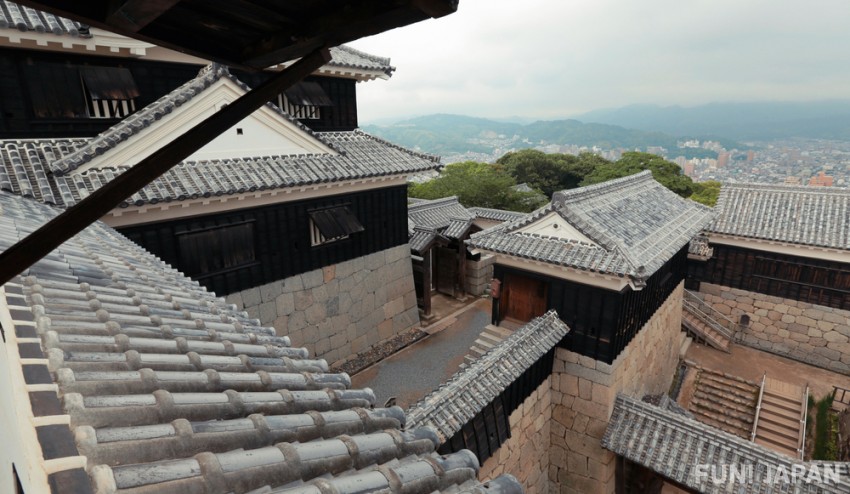
Alliance towers are towers that are connected to 2 or more buildings in a loop shape with watchtowers, it's the most complex of the tower types. Their most characteristic feature is the typical garden-like spaces in the center of the loop, allowing guards of the watchtowers to shoot intruding enemies from the surrounding watchtowers. Some of the more well-known castles with this type of tower are Himeji Castle in Hyogo, Matsuyama Castle in Ehime, and Wakayama Castle in Wakayama.
Compound Towers
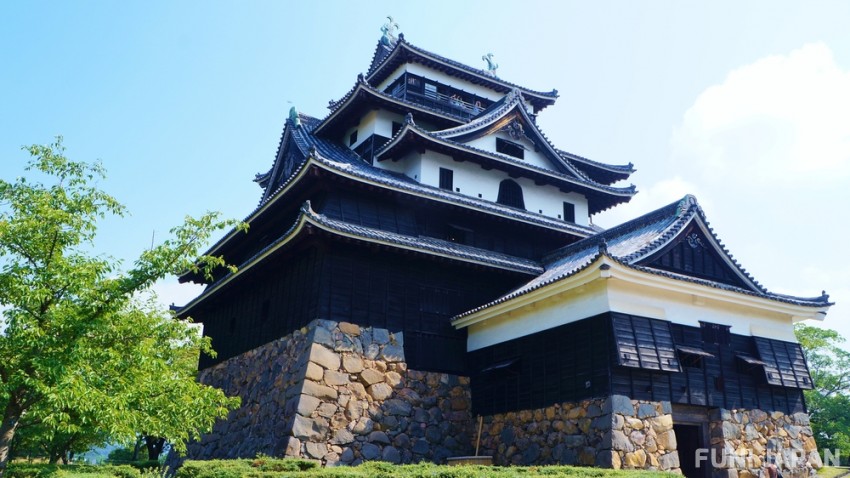
Compound towers are accompanied by watchtowers as well as a smaller castle tower. You're unable to enter the castle without first using the connected buildings, meaning enemies can be shot at from the main tower as they are trying to enter. Some of the examples of compound towers that exist today are Matsue Castle in Shimane, Hikone Castle in Shiga, Inuyama Castle in Aichi, and Bicchu Matsuyama Castle in Okayama.
Attached Towers

Attached towers have watchtowers and a smaller tower that are usually connected to further watchtowers. Similar to the previous tower, you have to enter the attached buildings to reach the main tower which helps with intruders. There are even some towers such as Nagoya Castle that surround the smaller and main tower with a mud wall. Castles that have this type of tower include Tsuruga Castle in Fukushima, Kumamoto Castle in Kumamoto, and more. There is also a unique castle found in Ehime, Ōzu Castle, which has a smaller tower and watchtowers on either side of it, this is also known as an attached tower.
Extra: A Combination of Alliance and Compound Towers

Matsumoto Castle in Nagano is probably one of the more characteristic castles in Japan, it was originally connected alongside its smaller tower via a watchtower, but was changed in the Edo period of Japan to a Tatsumi watchtower and observation tower changing the type into a compound tower. This intricate design was a combination of the two types and became known as a combination tower, "Renketsu Fukugoshiki" in Japanese.
Castle towers are built to show the authority of the castle lord, and while they are typically split into 4 types, each has its own unique characteristics and method of being built. It can be quite interesting to compare all the castles you have visited and plan to visit to see the little differences!
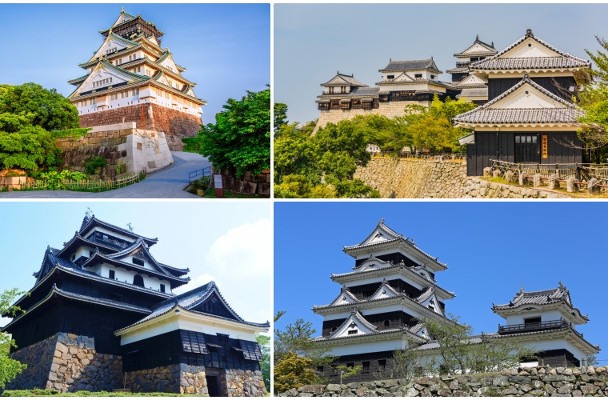
Comments